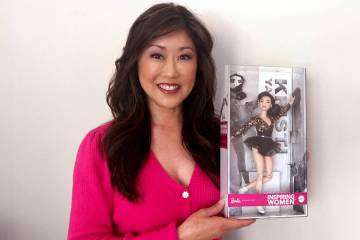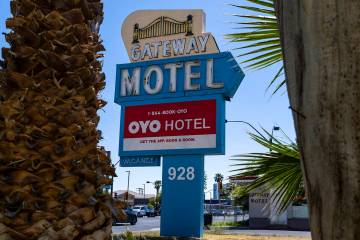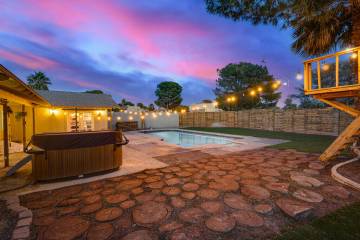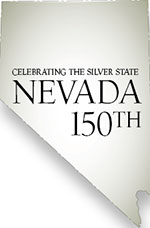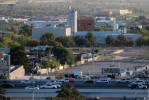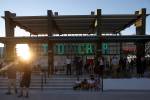Nevada State Museum one of best in country
CARSON CITY — One of the best small-town museums in the country can be found in Nevada’s state capital, with a diverse collection ranging from a full Columbian mammoth found in the Black Rock Desert to rare basketry created by famed Washoe artist Dat-so-la-lee.
The Nevada State Museum has the added attraction of being housed in a historic former U.S. Mint that converted much of the gold and silver from the Comstock Lode into legal tender.
The mint building was authorized by Congress in 1863 but was not built until several years later, with the actual minting of coins starting in 1870. It ceased coin production in 1893.
Designed by Alfred Mullett, supervising architect of the Department of the Treasury, the Renaissance revival style stone building is on the National Register of Historic Places.
Minted at the building were silver denominations from dimes to dollars and gold pieces ranging from $5 to $20. Some of the coins are quite scarce and bring big prices from collectors. The museum has nearly a complete set of the coins on display, but two of the rarest, both minted in 1873, are missing.
It started its service as a museum in 1941.
Gene Hattori, curator of anthropology who has worked at the museum for 14 years, said his favorite display is the mine exhibit, an attraction favored by many children who have visited over the years.
Hattori said he first saw the exhibit as a child visiting on a field trip from his school in Sparks.
Peter Barton, administrator of the Division of Museums and History, called the museum one of the finest of its size he has encountered after 35 years in the museum business. A big reason is the staff and the passion its members have for the work they do, he said.
Even during tough economic times, when the museum had to reduce its hours and employees worked part time, their dedication ensured that visitors had a great experience, Barton said.
“The fact that the museum is found in the U.S. Mint building — to use this artifact to tell the story of Nevada history — is special,” he said.
The mine exhibit, which allows visitors to get a sense of what it was like to be a hard-rock miner in Virginia City 150 years ago, is special to many visitors, Barton said.
“We haven’t changed it much even though the way museums have approached interpretation has changed dramatically in the last 50 years,” he said.
“It’s been frozen in time. It’s a touchstone.”
The museum has some special events planned for the sesquicentennial, including a much-anticipated look at John Fremont’s explorations through Nevada 20 years before Nevada statehood.
Barton said the improving state economy has helped the museum expand its days of operation, which now run six days a week, Tuesday through Sunday.
For July and August this year, paid attendance totaled 9,980, a 55 percent increase over the same two months in 2012, he said.
A challenge facing the museum in coming years is acquiring storage space to continue collecting material for display, Barton said.
“If we turn away collections that are offered now, we’ll regret it 100 years from now,” he said.
Contact Capital Bureau reporter Sean Whaley at swhaley@reviewjournal.com or 775-687-3900. Follow him on Twitter @seanw801.




